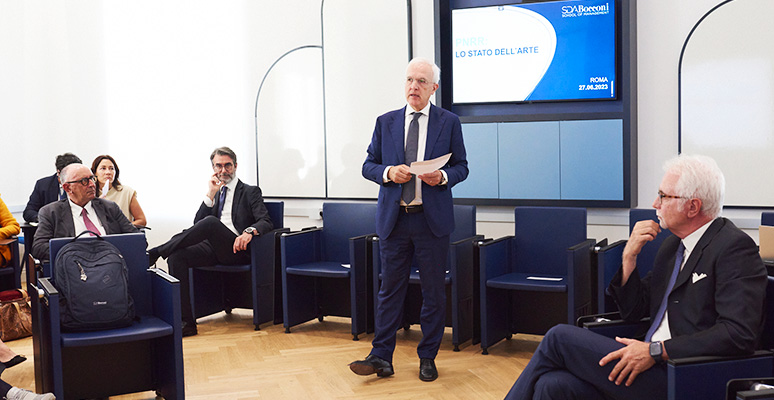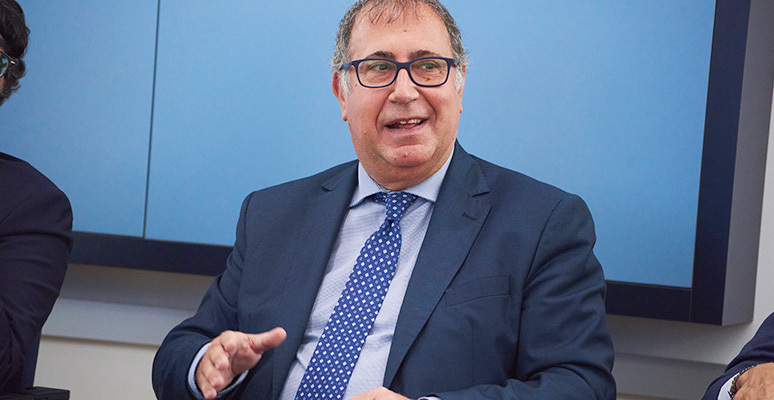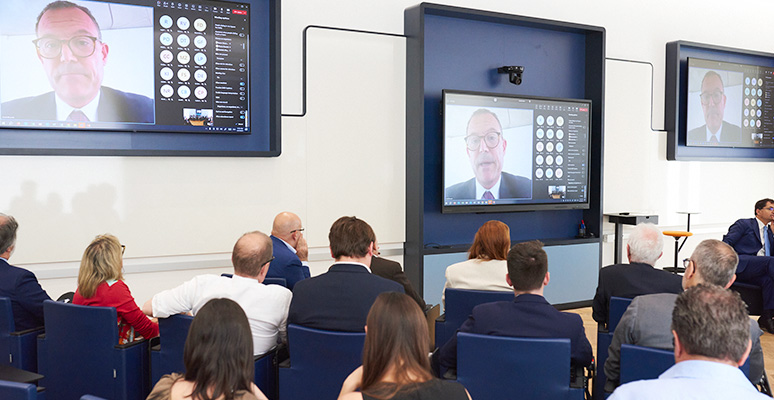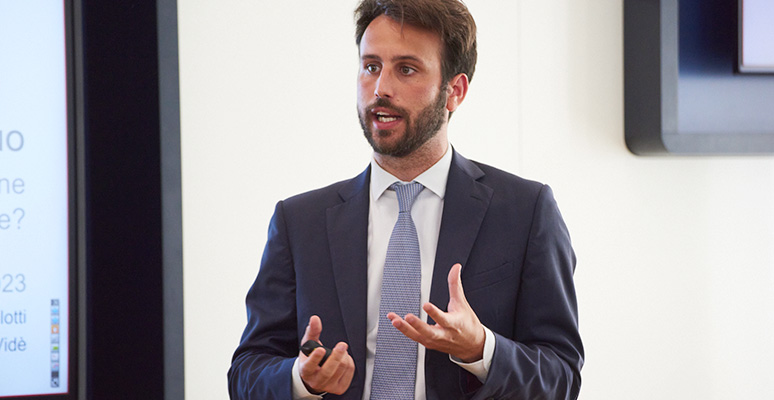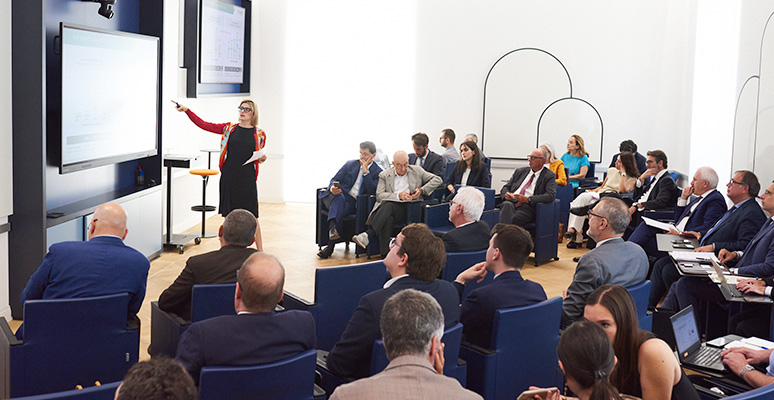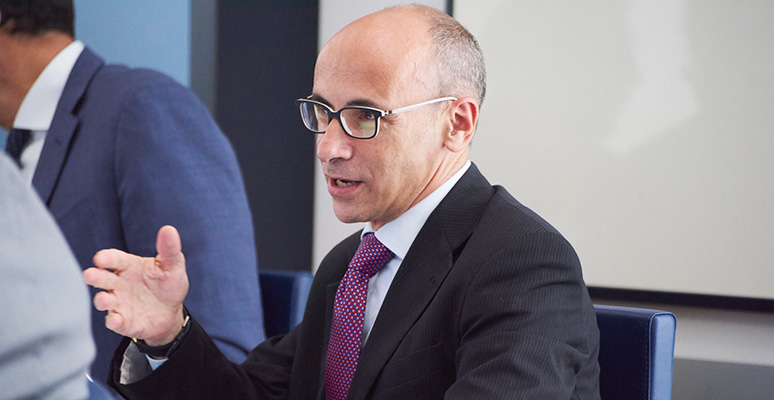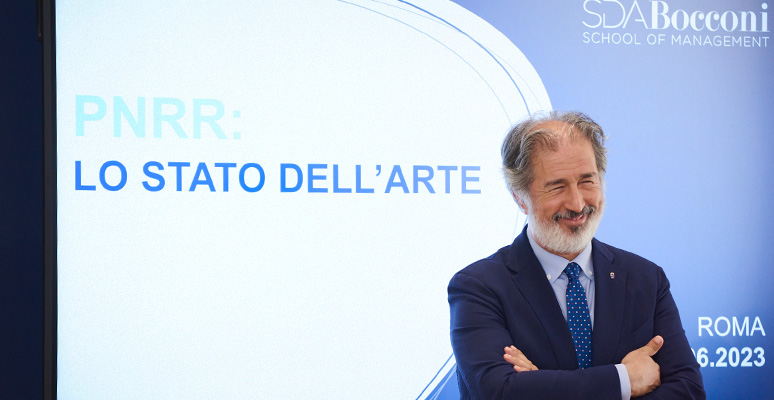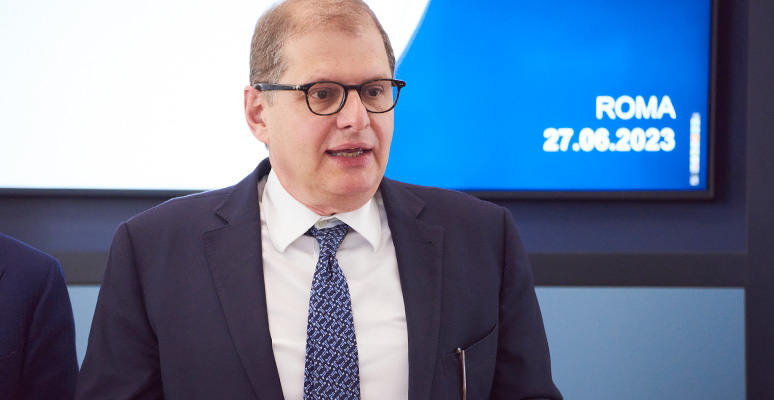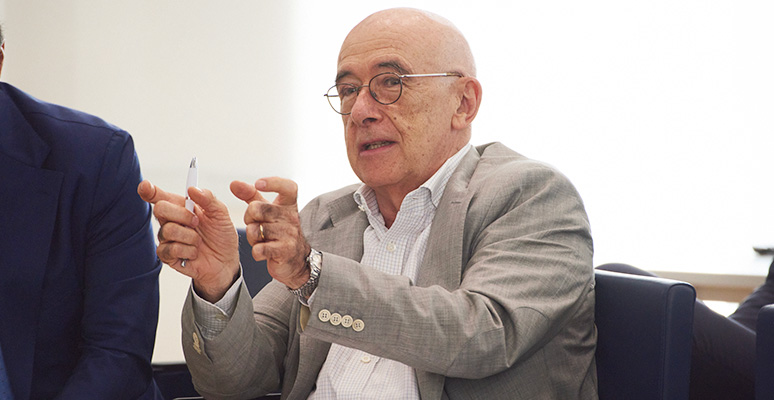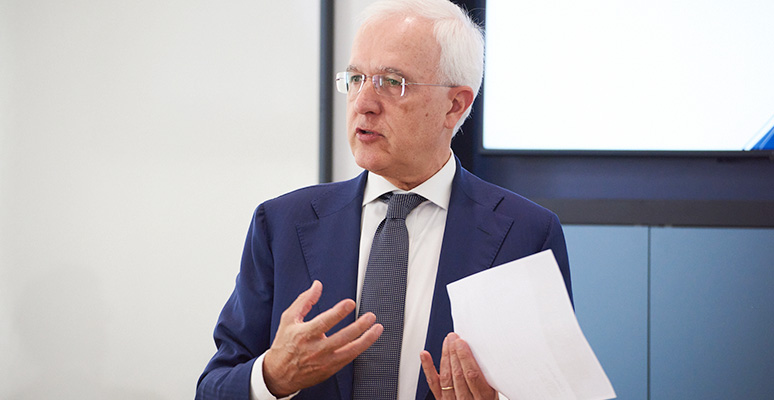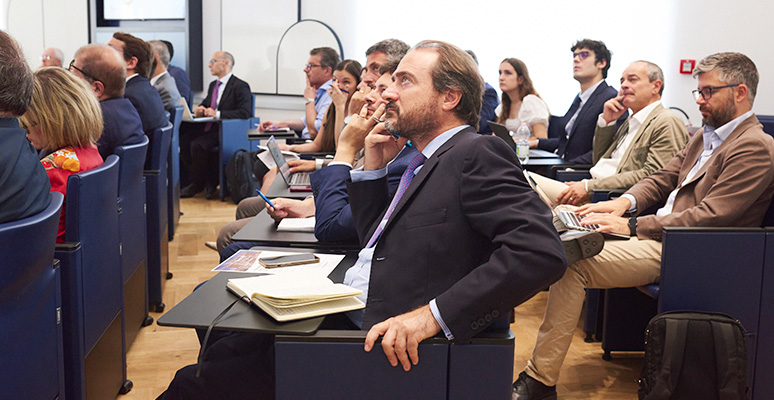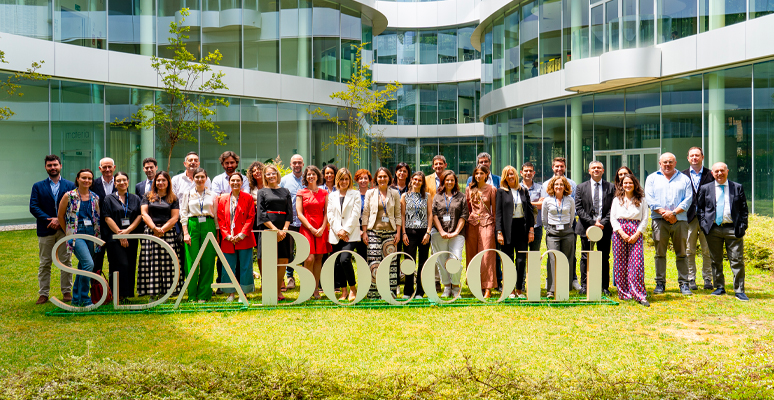At SDA Bocconi Rome headquarter, SDA Bocconi PNRR Lab research team led by Carlo Altomonte had the chance to present and discuss the status of the National Recovery and Resilience Plan in a closed-door meeting with Riccardo Ercoli, head of the MEF technical secretariat; Massimiliano Atelli, Chairman of the EIA Commission; Giuseppe Busia, President of ANAC; Valerio Iossa, of the PNRR Mission Unit of the Ministry of Public Function; Paolo Casalino, Mission Unit Ministry of Enterprise and Made in Italy; and Carlo Alberto Manfredi Selvaggi, Coordinator of the PNRR Mission Structure
The work of the PNRR Lab is based on data from PNRR projects available on the platforms ReGiS and OpenCUP. ReGiS provides details on the nature of the projects, the entities implementing them, and the sources of funding. OpenCUP, on the other hand, provides an overview of all public investment projects in Italy, including those in the PNRR. To date, some 80,000 projects are reported to be validated and in the bidding process for a total of 86.3 billion in funding, of which 61.7 billion is directly attributable to the PNRR.
The picture that emerges from SDA Bocconi study shows that one of the potential problems related to the PNRR is that large projects in the hands of municipalities are still at a standstill. The study shows that areas of the country with weaker institutions may have administrative problems that prevent them from spending the funds obtained. In fact, a positive and significant correlation is observed between the quality of institutions and the percentage of validated funds compared to allocated funds.
As for human capital, the lab notes that about 16.5 percent of people working in the public sector will turn out to be of retirement age within the next five years. This share exceeds 20 percent (one in five) for local government personnel. It therefore raises the issue of turnover planning and skills transfer for the most qualified profiles, not least because the staffing need for public administration in the five-year period between 2022-2026 is 770,000 new members, 60 percent of them in management or highly specialized roles.
There's good news however from the reduction in the average duration of procedures. A downward trend at both the national and regional levels suggests greater efficiency in permitting given regulatory innovations. The increase in the number of completed proceedings at both national and regional levels translates into better turnover rates, completion of proceedings and variation in the percentage degree. Once again, data potentially point to a positive outcome from the introduction of permitting regulations: an increase in the efficiency of the permitting process.
Beware, however, of potential adverse effects associated with the introduction of regulations that focus on reducing times. After 2020, the number of proceedings that concluded with stipulations increased more or less across the board. While this in part stems from the "quality" of projects, it could lead to a trend of lengthening time downstream of the proceedings due to the need to make design changes. In other words, a possible trade-off between efficiency and effectiveness seems to be emerging.
SDA Bocconi School of Management
Photogallery




